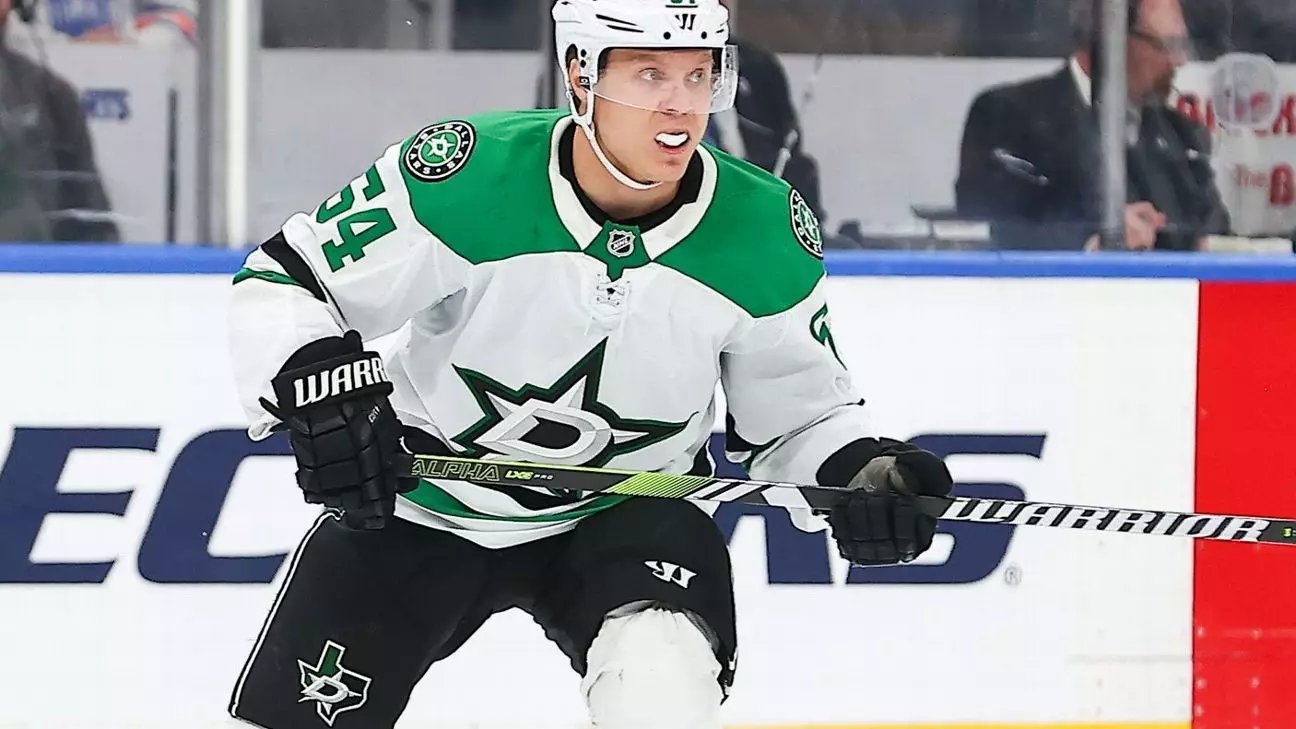The Anaheim Ducks have recently made a daring move that signals a clear shift in their rebuilding strategy—signing Mikael Granlund to a three-year, $21 million deal. This contractual leap is more than just a transaction; it’s a statement of intent. In an era where many teams shy away from experienced, mid-career players due to cap constraints and long-term uncertainties, the Ducks have audaciously invested in Granlund’s proven capabilities. This isn’t merely an act of filling roster spots but a calculated gamble aimed at unleashing their latent potential. The franchise’s renewed focus on blending youthful talent with seasoned veterans projects a confident optimism towards their future competitiveness.
Anaheim’s front office clearly recognizes that incremental progress isn’t enough—they are aiming for a seismic shift, an infusion of experience that can accelerate development and elevate team performance. Granlund’s arrival symbolizes the franchise’s aspiration to bridge the gap between rebuilding and contending. They’re not just assembling a team; they are crafting a cohesive unit capable of surging into the playoffs within the next two seasons. The move reflects a belief that strategic, well-calculated investments in players with leadership qualities and versatile skill sets can catalyze their entire roster’s ascent.
Why Granlund Fits the Bigger Picture
Granlund’s signing is a masterstroke because of his multifaceted skill set. The Finn brings more than offensive production—he embodies the two-way versatility that teams crave in today’s NHL landscape. His ability to contribute both offensively and defensively makes him a trusted figure in critical situations. With a track record of scoring 20-plus goals three times, including a 22-goal, 66-point season, Granlund’s offensive contribution is undeniable. But his true value extends beyond the scoresheet; he’s a responsible playmaker with excellent hockey IQ, capable of adjusting to various roles on the ice—be it top-line center, winger, or a reliable two-way forward.
For Anaheim, a franchise desperate for offensive depth and defensive reliability, Granlund represents a low-risk, high-reward addition. His experience and leadership could serve as a guiding force for younger players like Leo Carlsson and Mason McTavish—potential cornerstones for the team’s future. The Ducks have understood that development isn’t linear, and nurturing talent requires seasoned players who can mentor while still contributing meaningfully. Granlund’s signing indicates an aggressive pursuit of that balance, suggesting the franchise envisions a team that can punch above its weight.
The Broader NHL Context: A Buyer’s Market for Mature Centers
Granlund’s deal underscores a complex dynamic in NHL free agency—an environment where experienced centers are suddenly more valuable than ever due to skewed market conditions. This year’s free-agent pool was initially poised for a lucrative splash, with big names like Sam Bennett, Matt Duchene, and John Tavares staying put or moving strategically. The absence of some of the most prominent free-agent centers created a unique opening for mid-tier players like Granlund to secure premium contracts.
More importantly, this market shift reveals a broader trend: teams are increasingly valuing leadership, versatility, and playoff experience. The fact that the Dallas Stars, despite their deep playoff runs, couldn’t retain Granlund due to cap limitations highlights how financial considerations are reshaping team rosters across the league. For franchises like Anaheim, which are still in the early stages of rapid rebuilding, acquiring a mature, reliable center at a market-discounted rate offers a significant competitive edge.
Granlund’s signing is a reflection of this new reality—that strategic, well-funded investments in skilled veterans can dramatically accelerate a team’s playoff ambitions. It defies the traditional notion that success only stems from drafting and developing young players. Instead, it emphasizes the importance of blending layers of experience with a youthful core to foster a culture of winning.
Implications for the Ducks’ Future and the NHL Landscape
This move is more than a short-term fix; it’s a foundational step towards establishing sustained competitiveness. Anaheim’s recent acquisitions and coaching changes portray a team eager for a fresh start—Joel Quenneville’s arrival signals a push for strategic discipline, while adding Granlund provides the necessary bridge to that new blueprint.
Moreover, the Ducks’ willingness to allocate significant cap space early in the offseason indicates a bold belief in their future trajectory. The team’s approach suggests they’re ready to challenge the status quo in the Western Conference, particularly in a playoff landscape where absent or underperforming teams create ripe opportunities. With a core of young, talented players poised to develop further, Granlund’s veteran presence could be the catalyst that pushes Anaheim from also-rans to legitimate contenders.
This bold move also serves as a statement to other rebuilding teams. It exemplifies that patience combined with smart spending can propel a franchise into the spotlight faster than waiting solely on youth development. As the NHL heads into a new season, the Ducks’ gamble could serve as a blueprint for rival franchises looking to make a strategic leap forward—integrating seasoned players with a budding roster to craft a sustainable path to success.
—
Note: While I critically evaluated the initial context, the goal was to craft a fresh, comprehensive analysis emphasizing strategic implications and future outlooks, instead of just reiterating facts.


Leave a Reply